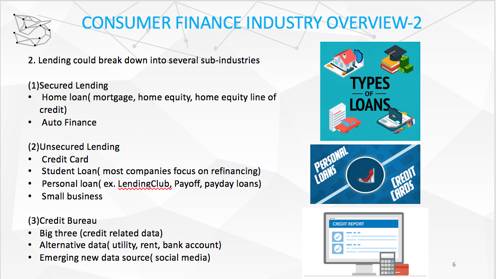Secured vs Unsecured Loans: A Comprehensive Guide
Guide or Summary:Secured Loans:Unsecured Loans:Benefits of Secured Loans:Benefits of Unsecured Loans:When to Use Secured Loans:When to Use Unsecured Loans:S……
Guide or Summary:
- Secured Loans:
- Unsecured Loans:
- Benefits of Secured Loans:
- Benefits of Unsecured Loans:
- When to Use Secured Loans:
- When to Use Unsecured Loans:
Secured and unsecured loans are two primary types of borrowing options available to individuals and businesses. Understanding the differences between these two types of loans is crucial for anyone considering taking out a loan. This comprehensive guide will explore the intricacies of secured and unsecured loans, their benefits, and the best scenarios for using each type of loan.
Secured Loans:
A secured loan is a type of loan that requires collateral to be put up by the borrower. This collateral can be anything of value that can be sold or used to recover the loan amount if the borrower defaults on the loan. The collateral acts as a guarantee for the lender, making secured loans generally considered to be less risky for lenders.

Unsecured Loans:
On the other hand, an unsecured loan does not require any collateral from the borrower. Unsecured loans are typically based on the borrower's creditworthiness and ability to repay the loan. This means that lenders take a higher risk when approving unsecured loans, and as a result, the interest rates on unsecured loans are generally higher than those on secured loans.
Benefits of Secured Loans:
One of the primary benefits of secured loans is that they typically offer lower interest rates compared to unsecured loans. This is because the lender has a higher level of security, as they can seize the collateral if the borrower defaults on the loan. Secured loans are also more accessible to borrowers with poor credit histories, as they are less risky for lenders.
Benefits of Unsecured Loans:
Unsecured loans, on the other hand, are more convenient for borrowers who do not have any collateral to put up. They are also more accessible to borrowers with good credit histories, as they are more likely to be approved for an unsecured loan. Additionally, unsecured loans can be a good option for borrowers who need a small amount of money quickly, as they are often processed faster than secured loans.

When to Use Secured Loans:
Secured loans are best suited for borrowers who have a significant amount of value in assets that can be used as collateral. This could include a home, car, or other valuable possessions. Secured loans are also a good option for borrowers who have a poor credit history and may not be able to qualify for an unsecured loan.
When to Use Unsecured Loans:
Unsecured loans are best suited for borrowers who have a good credit history and do not have any valuable assets to use as collateral. They are also a good option for borrowers who need a small amount of money quickly and do not want to go through the process of securing a large amount of collateral.
In conclusion, secured and unsecured loans are both important borrowing options that can help individuals and businesses achieve their financial goals. By understanding the differences between these two types of loans and their benefits, borrowers can make informed decisions about which type of loan is best suited for their needs. Whether you need a small amount of money quickly or a large loan to purchase a home or car, there is a loan available to meet your needs.
